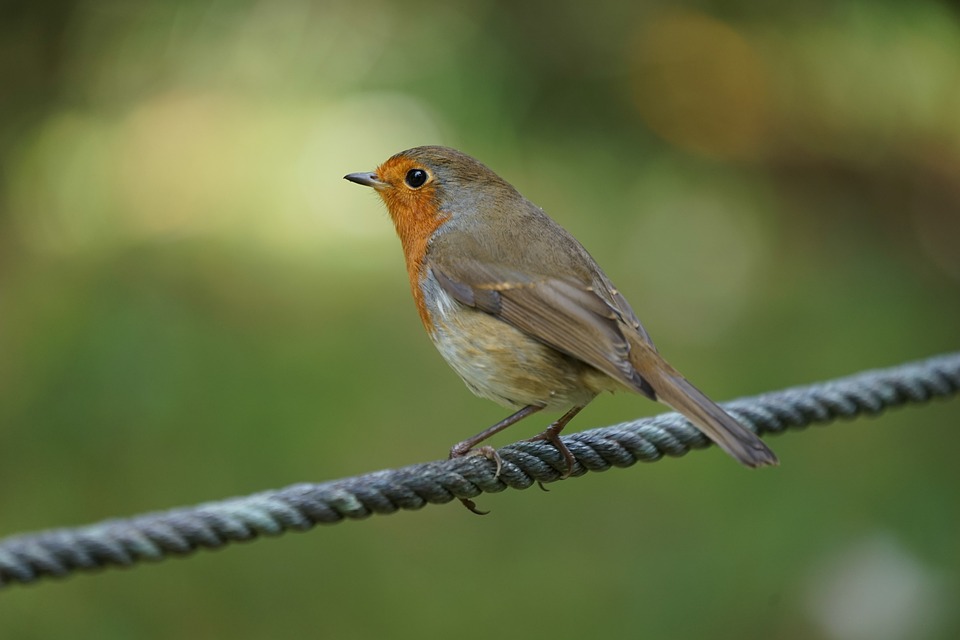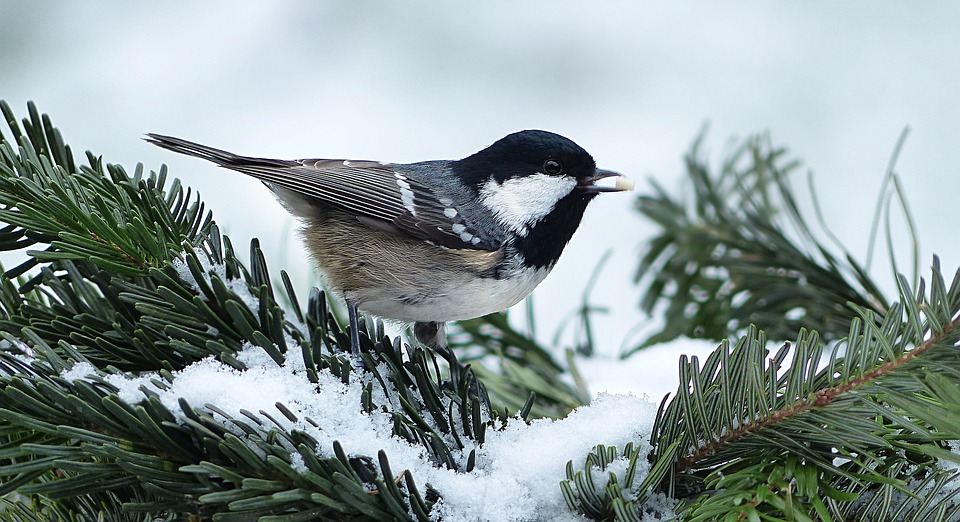As wildfires continue to ravage Jasper National Park, Parks Canada has reassured the public that one beloved resident, Bear 222, is safe and sound. Despite the destruction of a third of the Jasper townsite and surrounding areas, experts emphasize that animals like Bear 222 know how to protect themselves in the face of a wildfire.
Bear 222, a grizzly fitted with a radio tracking collar, has been closely monitored since the blaze began. Parks Canada reported that she and her two cubs found refuge in a wet area near the Athabasca River, ensuring their safety amidst the chaos. While the loss of homes and buildings is devastating, wildlife experts like James McCormick, Jasper’s human-wildlife coexistence specialist, remind us that animals have evolved to adapt to natural disasters like wildfires.
Wildlife biologist Mark Boyce from the University of Alberta explains that most animals in Jasper National Park are adept at avoiding wildfires. In a study of the 1998 Yellowstone National Park wildfire, only a small fraction of the elk population perished, demonstrating that animals have survival instincts that kick in during such events. Boyce notes that larger animals can flee the flames, while smaller creatures seek shelter underground or in protected areas within the burn zone.
A 2023 paper in the journal Conservation outlines various ways in which animals respond to wildfires. While some species can fly away to safety, others may suffer from smoke inhalation or stress due to the fleeing process. Slower-moving animals like turtles and badgers, as well as young and elderly individuals, are more vulnerable to the impacts of wildfires. However, Boyce highlights that once the fire subsides, the regrowth of vegetation in burned areas provides abundant food sources for wildlife, leading to thriving populations in the long run.
Despite the immediate challenges posed by wildfires, Boyce reassures that the ecosystem in Jasper National Park will recover and flourish. While it may take some time for the landscape to return to its former lush state, the regenerative process following a wildfire benefits many species in the park. Bear 222, for instance, has been spotted foraging for berries and clover near the Jasper Park Lodge golf course, demonstrating her resilience in the face of adversity.
As fire officials work to contain the blaze and ensure the safety of residents and wildlife, the community remains hopeful for the future. Highways through the park are closed, and a staged re-entry plan is being developed for the town’s residents and workers. While the fire may continue for months, the commitment to preserving Jasper National Park’s natural beauty and wildlife remains unwavering.
In conclusion, the story of Bear 222 serves as a reminder of the resilience of nature in the face of adversity. Despite the challenges posed by wildfires, animals like Bear 222 find ways to survive and thrive in their natural habitats. As efforts continue to protect and restore Jasper National Park, the hope remains that the park will once again flourish, much like its resilient wildlife residents.





